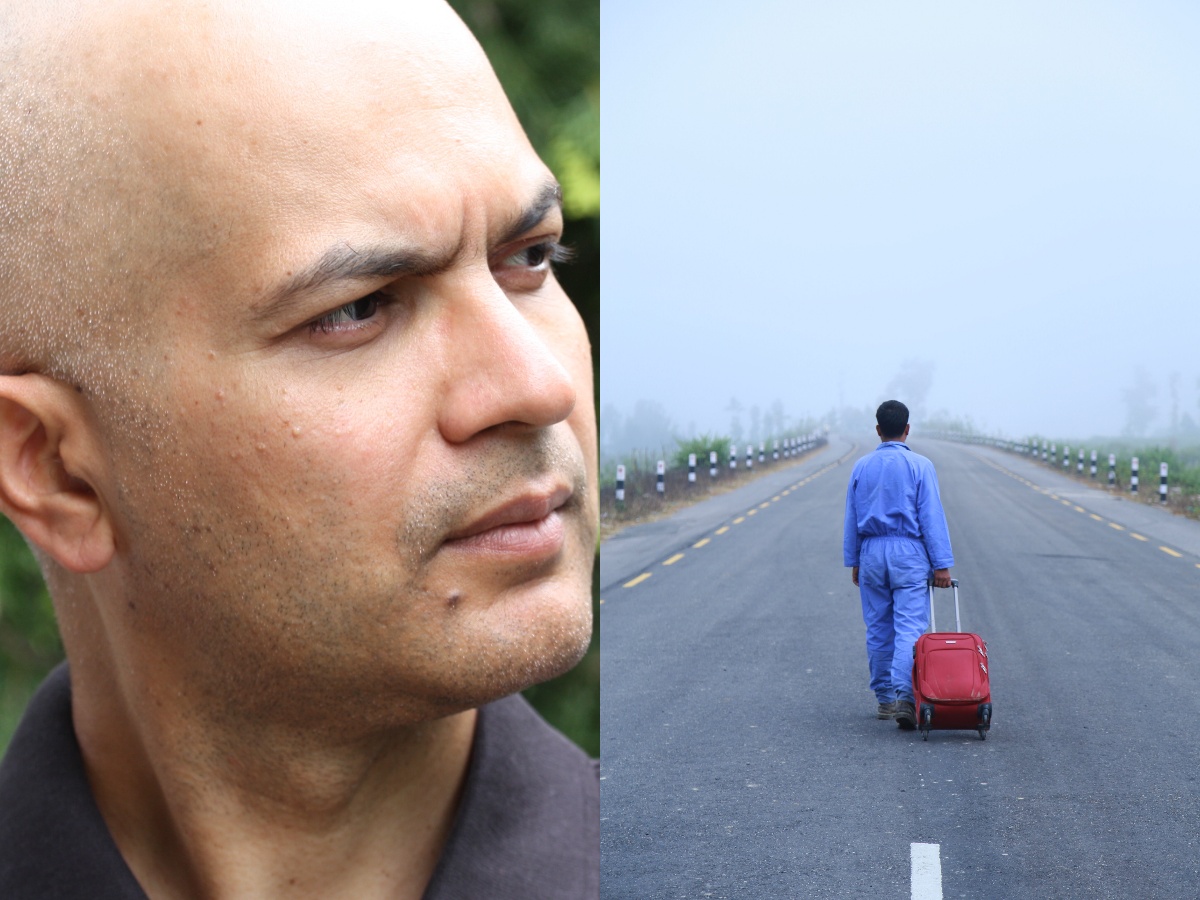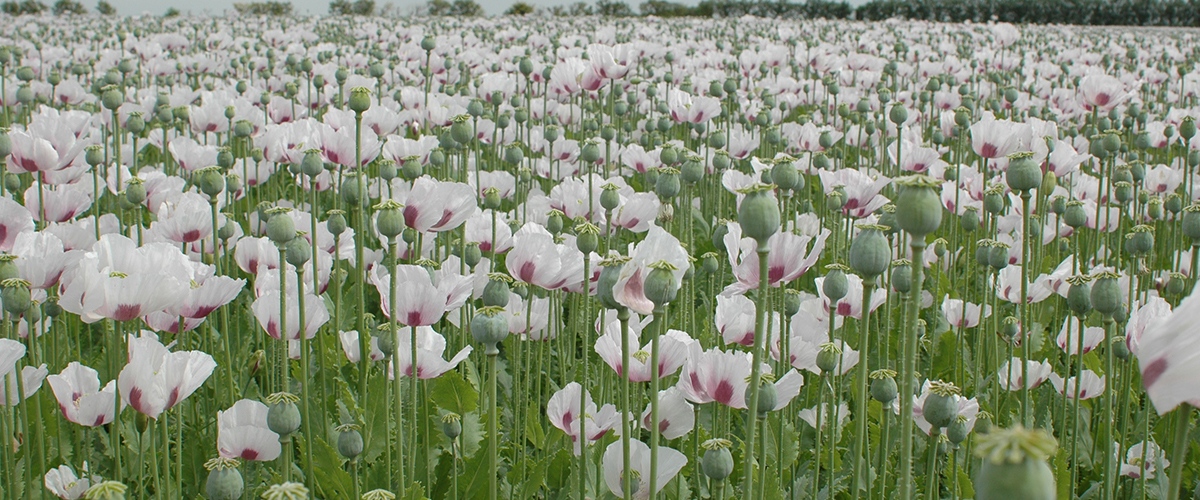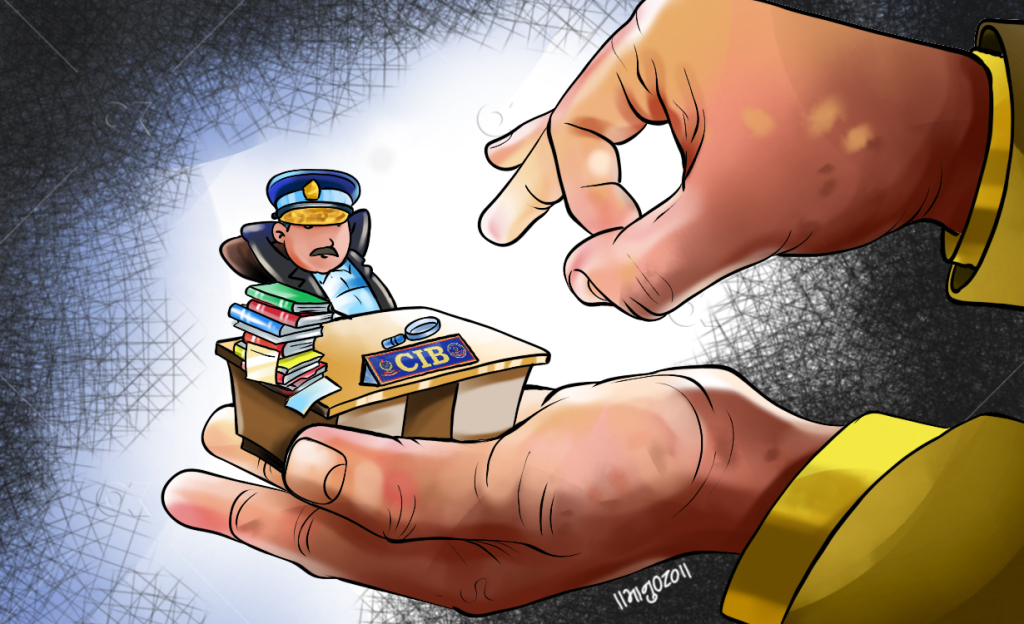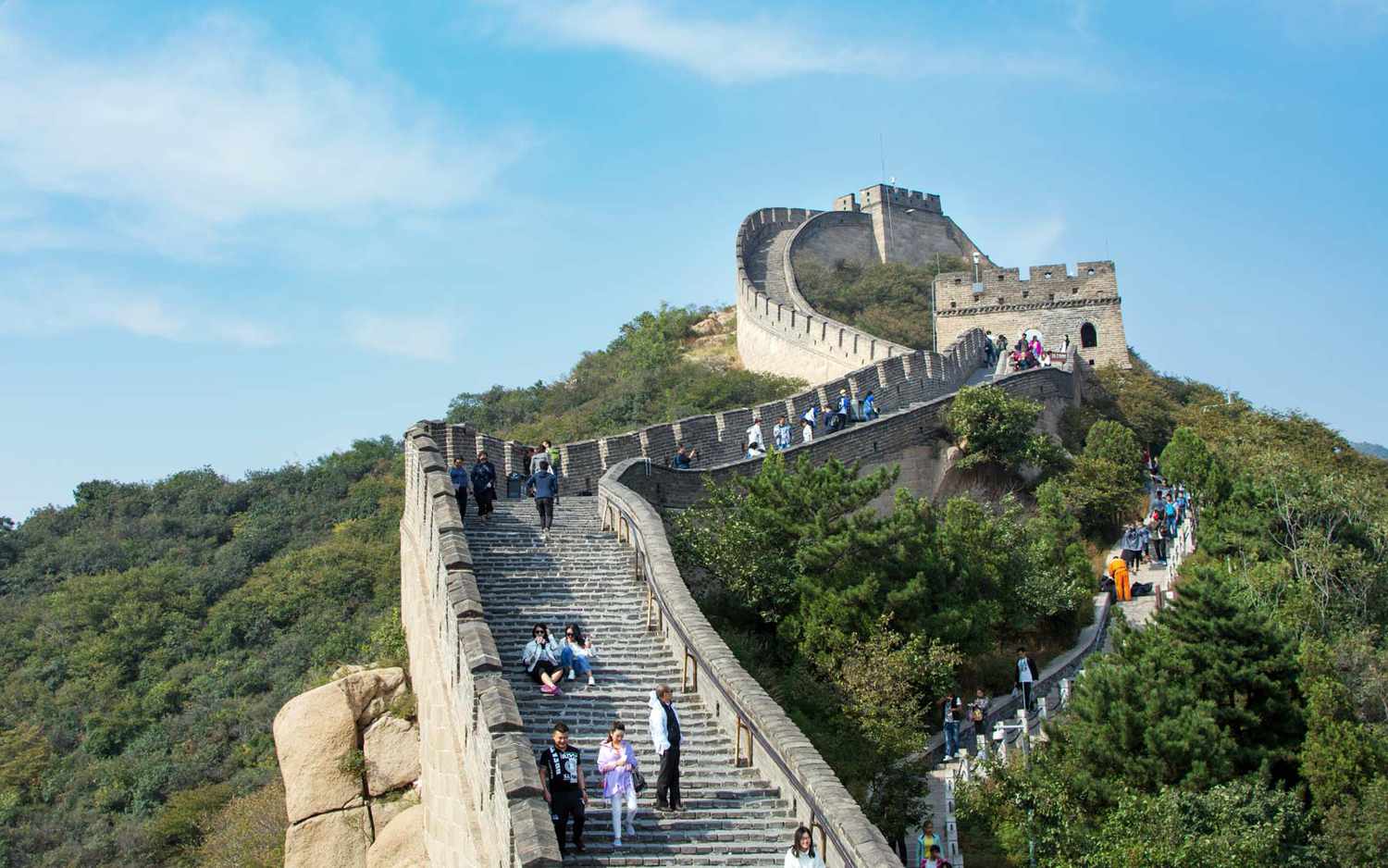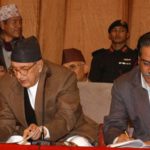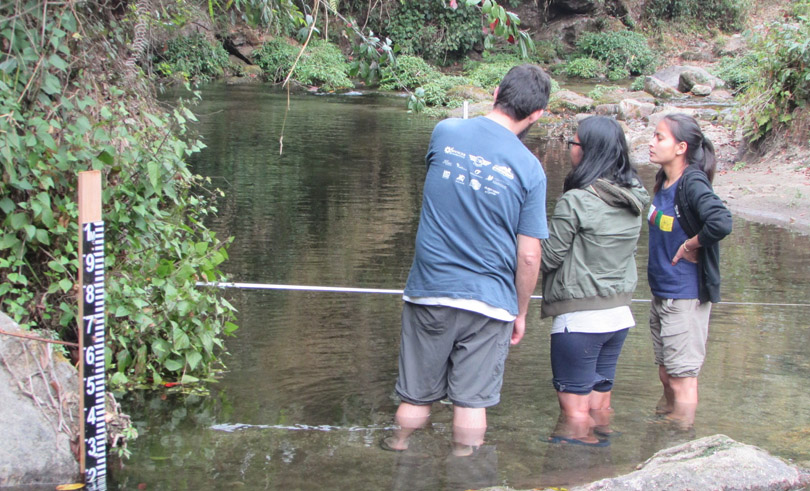
When residents of Radheradhe and Sallaghari area of Bhaktapur district woke up in the morning of July 12, floodwater had entered their houses from the nearby Hanumante River. Perhaps some youngsters in the area saw such a situation for the first time in their life; hence they wondered what was wrong with the rainfall. They also wanted to measure the severity of the flood.
But, they did not have easy answers—for the Department of Hydrology and Meteorology did not have any equipment to measure flood level in the river, though it had a couple of stations to measure precipitation in the area.
Rajaram Prajapati, a 28-year-old from the district, however, felt somehow privileged at this time as he had other sources of information to assess the situation. Prajapati, a water resource engineer, has been leading a research institution that works in measurement of rainwater and river flow for the past one year. He collected data about the water level of Hanumante River through more than one dozen ‘citizen scientists’ his organisation had mobilised.
After completing his master’s in water resource engineering from the Tribhuvan University, Prajapati began working for a project funded by Swedish and American agencies in 2016. Within one year, Prajapati’s team had already developed their passion into the sector. Therefore, they established the nonprofit research company ‘SmartPhones4Water-Nepal’ (S4W-Nepal) with a mission to contribute to water resource management through the promotion of advanced mobile technology among citizens.
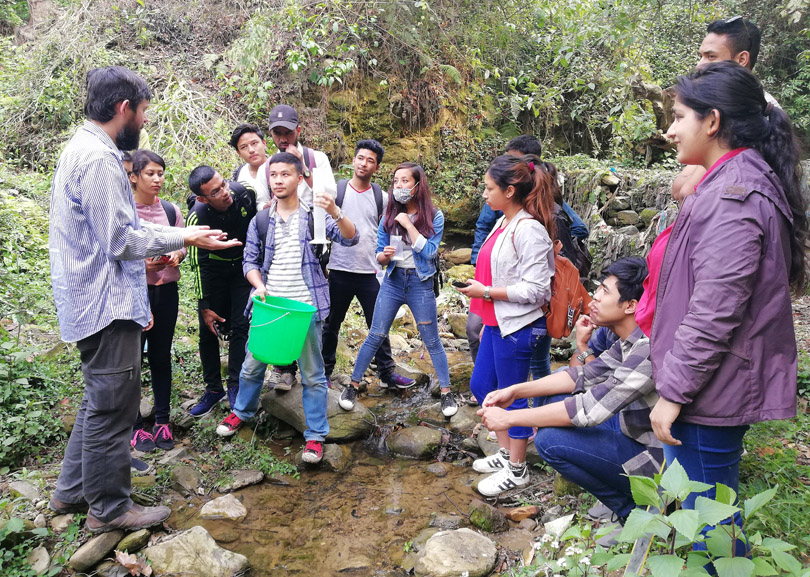
The organisation has been mobilising around 150 people as citizen scientists who measure precipitation, groundwater level and stream flow in their locality and send it to the organisation. Most of them are based in Kathmandu Valley. In the past one year, around 350 persons have been engaged in the campaign.
Citizen science
Prajapati informs that the idea of citizen science was developed in the United States in the late 20th century. Citizen science is the practice of involving people other than professional scientists in the application of scientific theories in their daily lives.
Prajapati remembers when he was a child he would imagine a bearded man inside a congested lab room experimenting with smelly chemicals and dangerous equipment if someone talked of a scientist. “Some decades ago, science was restricted to a limited number of people who were engaged in experimenting and developing theories. The common people thought it was not their domain,” he explains, “But, we never thought science could also be a hobby for some people.”
It all began when some scientists sought the support of common people for their activities, such as counting the number of birds migrating from one region to another. These steps brought science out of the dark lab rooms into yards and kitchens of the public, according to him.
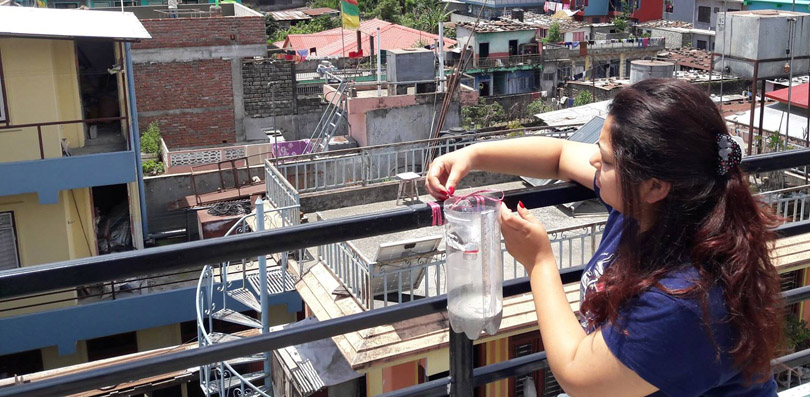
Combination with mobile technology
Further developing the same idea, Prajapati’s company mobilised members of the public as citizen scientists to gather authentic real-time data on water resources around them.
The citizen scientists are trained on the concept and technology before they are asked to begin working for the project. They use an Android application, ‘ODK’, which stands for open data kit, on smartphones to measure and report data. Locally available resources are used as much as possible. For example, coke pet bottles are used to make improvised water gauges.
The citizen scientists work voluntarily. “Of course, motivation is a must, but money has nothing to do with motivation,” Prajapati says, “What one needs is awareness and understanding of why doing this is important for themselves and their community.”
Complementing insufficient government efforts
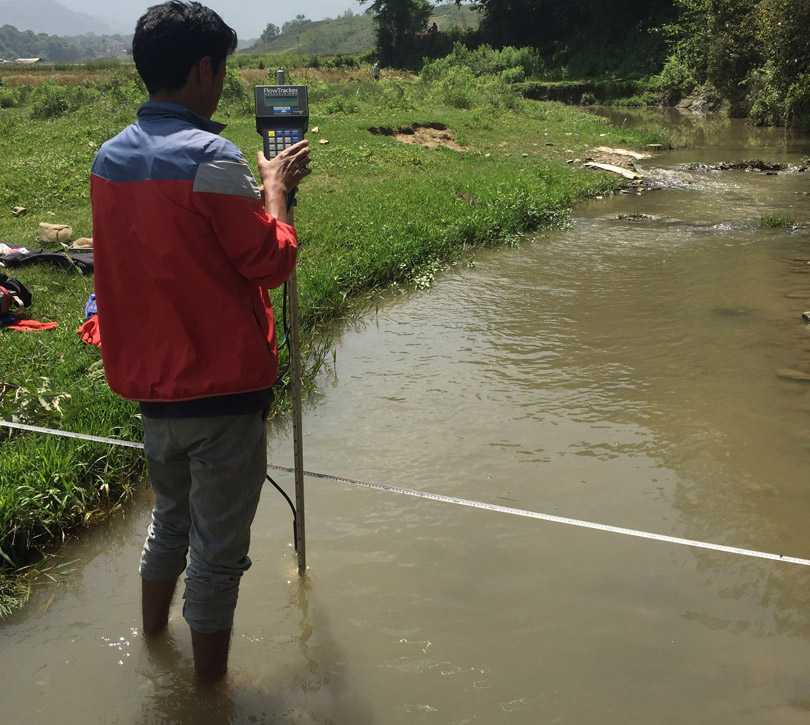
One of the major works that this institution’s citizen scientists have been doing is measuring rainwater and updating its database. Primarily, this is a responsibility of the government, and the government has established a separate department to observe meteorological and hydrological developments. Many people have questioned Prajapati: Why do you want to take over the government’s job?
The researcher is very cautious to clarify that his team is not competing with the government, but just complementing it because the government’s data collection is not inadequate–both in terms of quality and quantity.
“For example, the government has 20 meteorological stations in Kathmandu Valley to measure rainfall. These are not enough because rainfall pocket area in the city is so limited that if it is raining here, it may be dead dry just one kilometre away,” Prajapati explains, “The Department of Hydrology and Meteorology records and circulates data it collects from the Tribhuvan International Airport as the data of Kathmandu. Sometimes, the data is used for the entire Central Development Region.”
This is the case of Kathmandu. The situation outside the capital is more miserable. Prajapati suspects data collectors employed by the department at various places might forward made-up data without measuring, simply because the department cannot verify its validity.com
He says his suspicion is based on evidence. “Once one of my professors had gone to a Terai district to study works of a government agency,” he narrates, “Suspecting the accuracy of their data, he asked the local staff there to show him the well they collected data from. To his surprise, they could not locate the well even after looking for it for an entire day.”
Therefore, to avoid the problem, the ‘smartphone for water’ technology requires data collectors to take pictures of their rain gauge. Besides, smartphones cannot lie about real time, date and location while transmitting the data.
Cooperation for better data and management
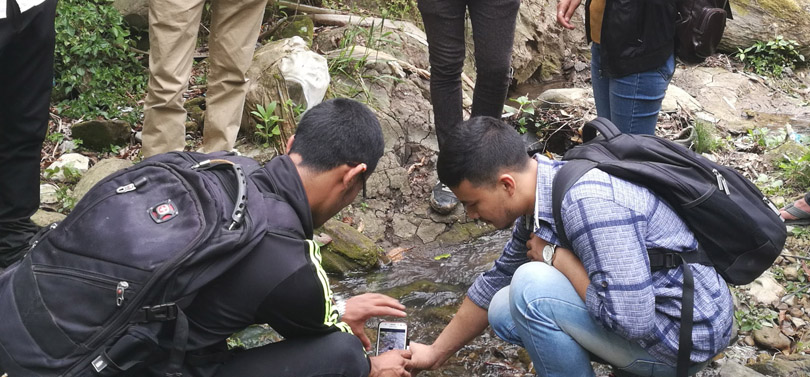
No matter how authentic and real data a research institution has, government records are considered the most accurate. Prajapati knows it quite well, hence has already started making efforts to coordinate with concerned government agencies.
“In fact, some officials have already accepted that the technology we have been using is better than theirs and it should also be integrated into their system,” he smiles as he shares, “But, they have a serious problem to facilitate this systemic transfer. The government is increasing its budget for infrastructure development, whereas it is cutting down on overhead expenses. But, for scientific activities like rainwater measurement, overhead costs, which also include salary for staffers, are more important.”
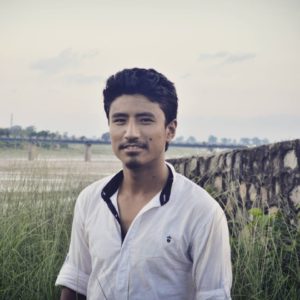
Nonetheless, the institute is trying hard to extend its hands to government institutions at various levels. Whereas cooperation with Department of Hydrology and Meteorology and Kathmandu Valley Water Supply Management Board has been so far restricted to planning and consulting for ideas, the institution is currently eyeing the powerful local governments as they have considerable control over local spending.
Another major sector that the company wants to collaborate with is the academia. Personally, Prajapati believes that many problems the country is suffering from can be effectively addressed if academicians are consulted and engaged. “But, we have the tradition of isolating the academia from development activities, and it will lead us nowhere,” he complains.
But, for his company, it has already signed an agreement with Khwapa College of Engineering in Bhaktapur to mobilise its students for research work. Other academic institutions are also being consulted for cooperation.
“Within the next one to two years, our cooperation with the government and academic institutions will grow quite substantially and the impacts will be visible,” says a hopeful Prajapati.
Contribution to democracy
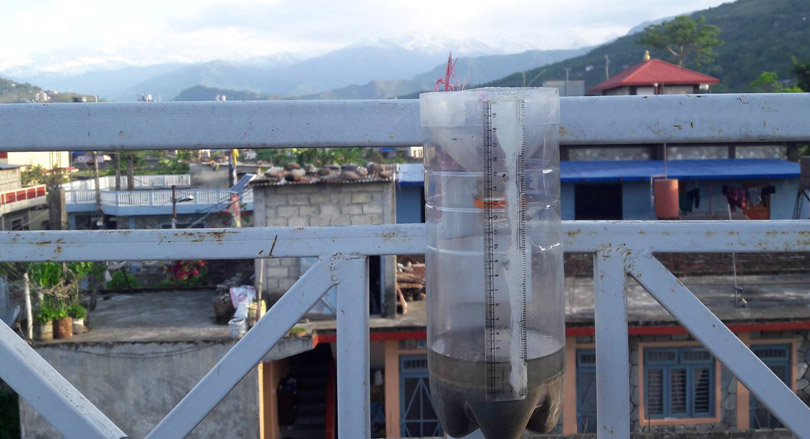
The researcher firmly believes that his project is significantly contributing to democracy in the country because it has been promoting citizens’ engagement to improve their living conditions–that’s what democracy ideally does.
Contemporary climactic conditions are problematic due to global warming and other environmental factors. They have an impact on rainfall and groundwater collection patterns. Therefore, measuring them will help members of the public solve the issues more effectively, according to Prajapati.
He quotes Scottish mathematician Lord Kelvin to say, “You can’t manage a resource you don’t measure,” and adds measuring activities will be more effective if they are carried out at the local level by locals themselves.
Hence Prajapati calls for the development of such a culture in which everyone feels that they own their community and hence they have to make certain contributions to it. But, he also understands that making the urban population aware of such idealist ideas is a Herculean task.
Democracy is a number game; the majority rules over the minority. Therefore, it is apparent that efforts made by a handful of people cannot solve big problems that the entire humanity is struggling to defeat. The number of people engaged in citizen science has been the biggest challenge for Prajapati too.
Yet someone has to start, as they say, “A journey of thousand miles begins with a single step.” Prajapati has an interesting analogy to prove this point.
“Remember what we think when we go to vote. We may convince ourselves that a single vote cannot do anything. It does not change the situation I am living. But, when we realise such single votes later cumulate into 100s and 1,000s they turn into the most significant factors in their life,” he says, “In the same way, one citizen scientist cannot change anything, but when there are 100s and 1000s, there will not be anything that they cannot have impacts on.”
Photos: S4W-Nepal







